Public concern around food additives is rising rapidly as more research suggests potential links between certain chemicals and health effects. Several popular breakfast cereals sold in the United States still include banned ingredients or ingredients that are being phased out through state legislation. These additives include artificial food dyes and preservatives that are federally approved today but subject to restriction or bans in various states. Consumers should pay attention to ingredient labels and evolving rules.
1. Froot Loops Still Contains Petition‑Targeted Dyes
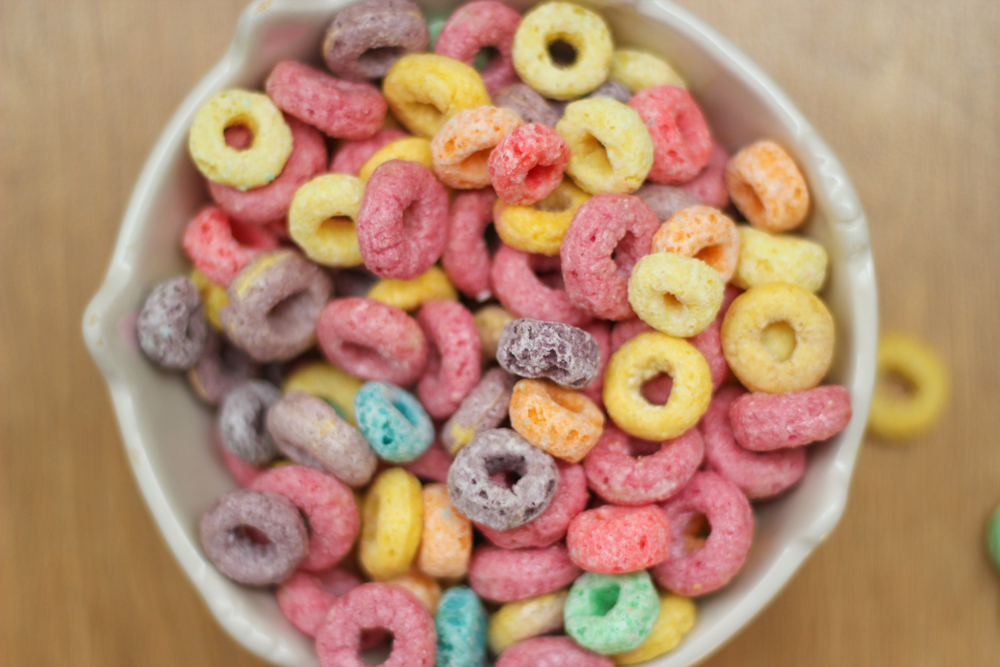
Froot Loops remains one of the most vibrant cereals on supermarket shelves, thanks to synthetic colorants like Red 40, Yellow 5, Yellow 6 and Blue 1. Although these dyes are still permitted under federal regulation, they are increasingly classified as banned ingredients in state laws taking effect in 2025 and beyond. Froot Loops in the U.S. continues to use those dyes, even though some international versions have removed them. This sets up a growing mismatch between what is legally allowed in one region and what is being phased out elsewhere.
2. Apple Jacks Uses Similar Dyes
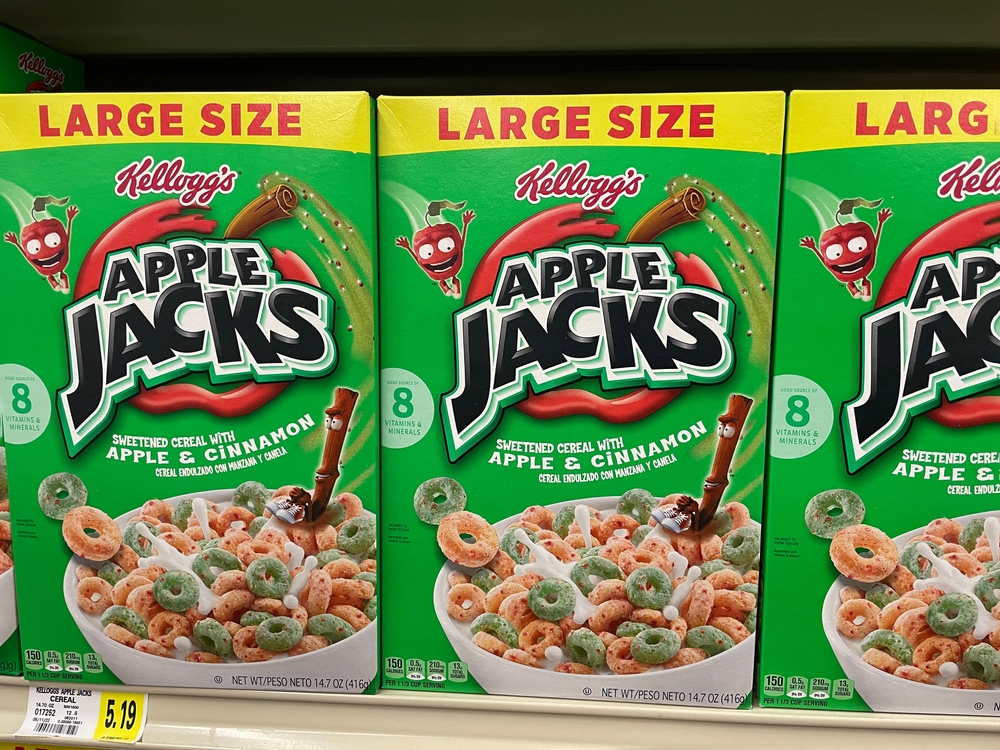
Apple Jacks features the same problematic food dyes like Red 40, Yellow 5 and Yellow 6. These additives are still approved federally, but are banned ingredients in states like West Virginia for school meals starting in August 2025, and statewide by January 2028. Several other states have pending or enacted restrictions, making these dyes more controversial. Apple Jacks still appears on store shelves across the U.S. with no changes to the traditional recipe.
3. Trix and Other Fruity Cereals Holding Artificial Colors
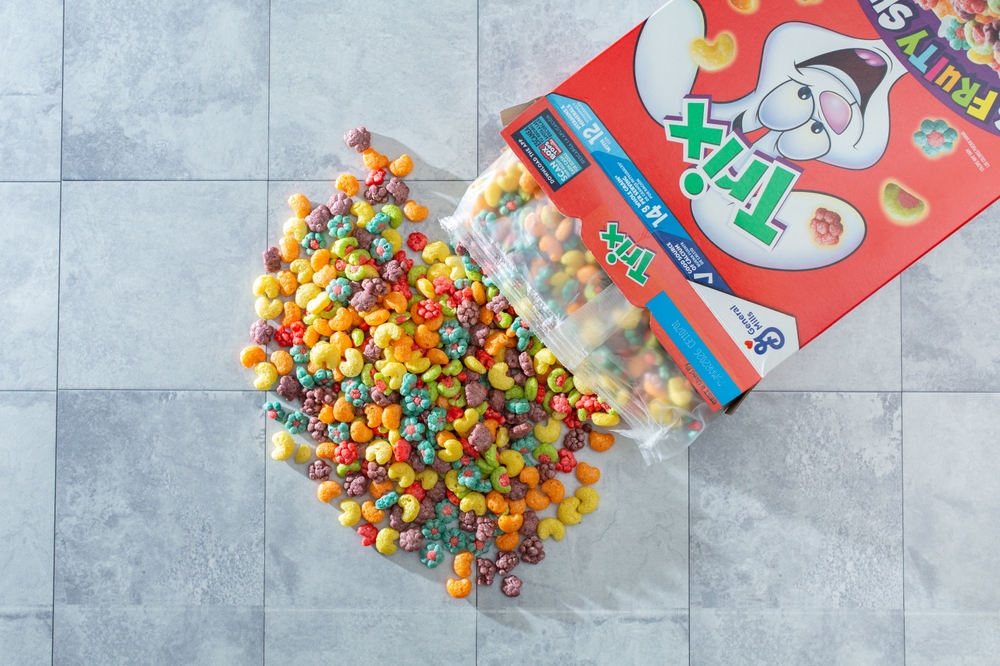
Trix and similar fruity cereals use the familiar palette of synthetic colorants Red 40, Yellow 5, Blue 1 and Blue 2. These are legal at the federal level but are included on state lists of banned ingredients set to take effect mid‑2020s. The industry trend shows retailers and schools phasing out such dyes in school meal programs, but cereal labels still list them prominently. Trix remains unchanged in most U.S. versions, despite reformulation in other markets.
4. Lucky Charms and Cocoa Pebbles Still Include Problematic Additives
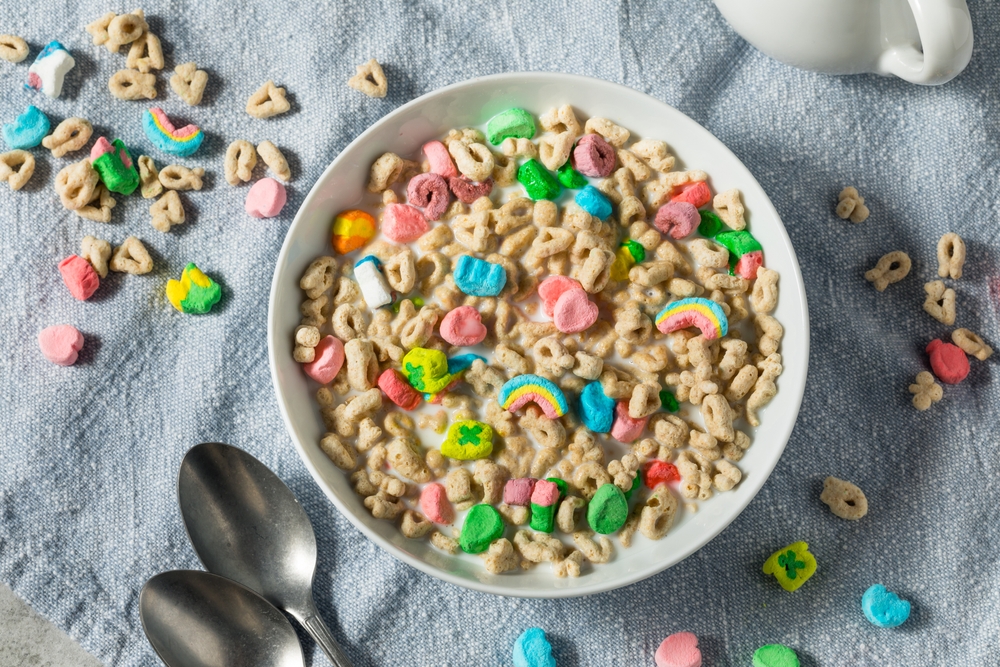
Lucky Charms relies on artificial dyes for its marshmallows and cereal pieces, including Red 40 and Yellow 5. Cocoa Pebbles similarly includes dyes and may contain preservatives like BHT or BHA in some versions. These preservatives are on lists of banned ingredients in certain state legislation that begins mid‑2020s. Although some versions sold outside the U.S. have removed those additives, the U.S. formulations still feature them.
5. Frosted Flakes Retains Synthetic Preservatives
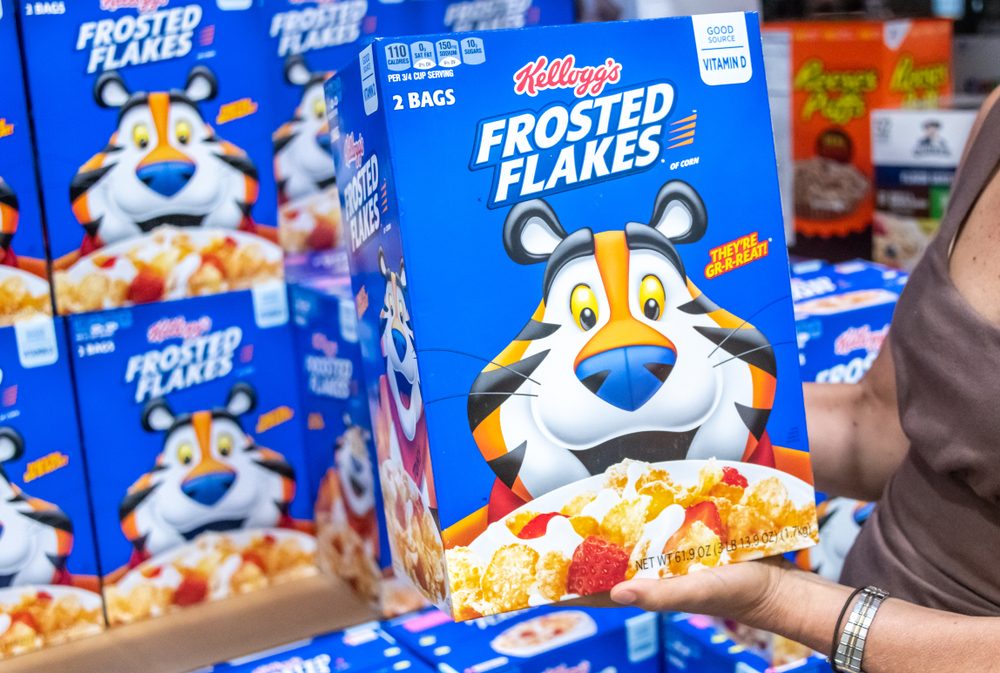
Frosted Flakes may not include artificial colors in all regional recipes, but U.S. versions still add BHT as preservatives to maintain shelf life. These synthetic preservatives are among banned ingredients in laws in states such as West Virginia beginning in 2025 and extending statewide in 2028. Even though these additives remain federal‑level approved, the trend toward restriction is increasing.
6. Honey Smacks Contains Preservatives That Are Being Phased Out
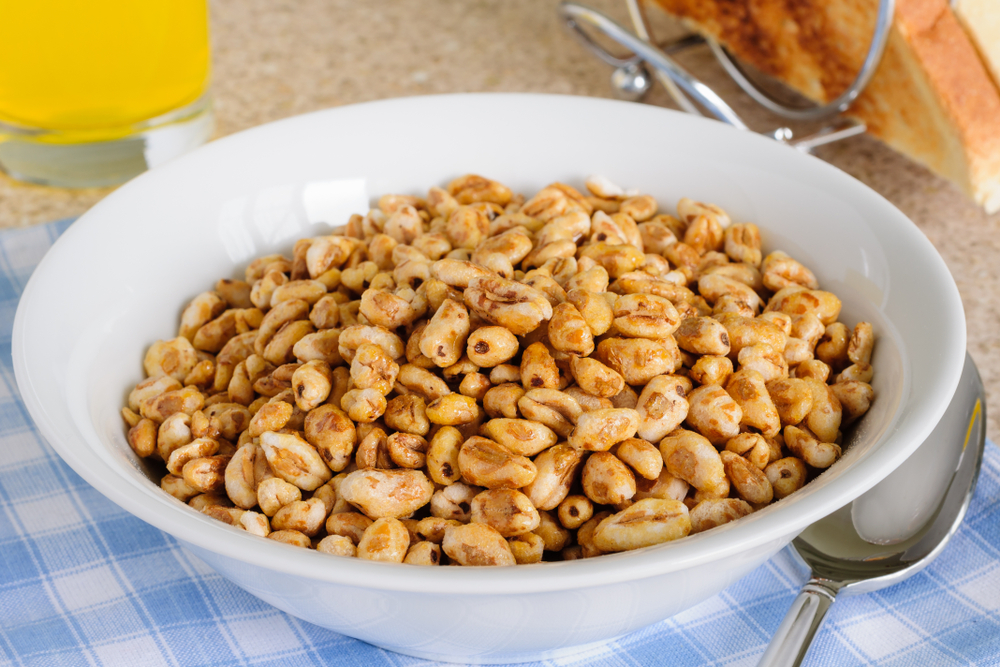
Honey Smacks, known for its sweet, shiny clusters, often contains preservatives such as BHT and BHA, and artificial flavoring agents. Because these chemicals are included in banned ingredients lists in certain jurisdictions, families are advised to monitor packaging closely. While federal regulation still allows their use, state‑level bans are setting deadlines for removal or reformulation.
7. Rice Krispies and Similar Brands May Still Use Additives
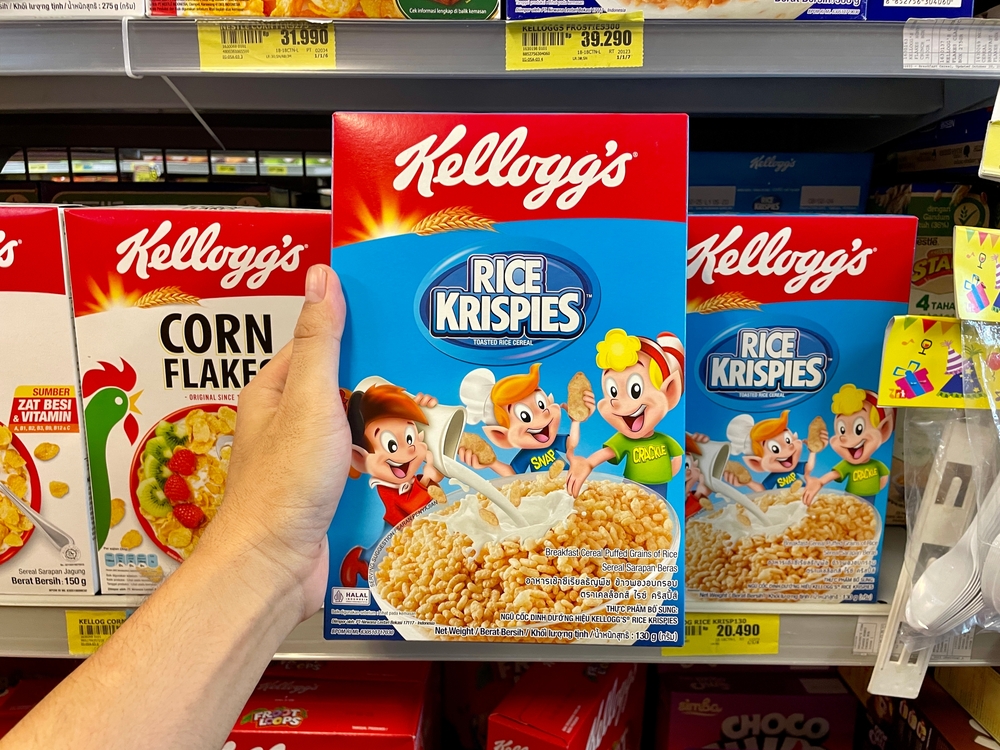
Some U.S. versions of Rice Krispies include artificial additives such as colorants or preservatives that are considered banned ingredients under emerging state laws. The cereal may appear plain, but ingredient labels reveal ongoing use of additives like BHT or synthetic dyes. Outside the U.S., many versions avoid these ingredients altogether. Within the U.S., reformulation remains incomplete in many areas.
Why These Ingredients Are Becoming Banned Ingredients
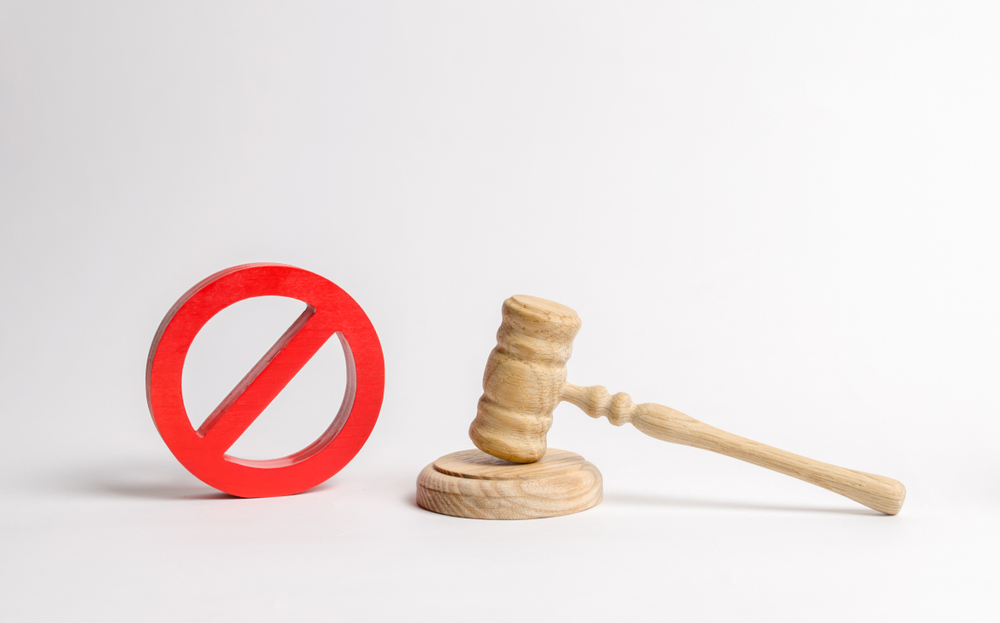
Several food dyes and preservatives like Red Dye No 3, Red 40, Yellow 5, Yellow 6, Blue 1, Blue 2, Green 3, BHT, BHA and propylparaben are under formal restriction or removal campaigns. Red Dye No 3 has been officially revoked by the federal agency and must be phased out by early 2027. Other colorants remain federally approved today, but states such as West Virginia have passed laws banning them in school meals starting August 2025 and statewide by January 2028. Other states including California are moving forward with legislation to limit or ban these ingredients in foods and beverages for general sale. Many of these additives have been banned in other countries for health concerns ranging from behavioral effects in children to carcinogenic or endocrine disrupting potential. The shift highlights a growing divergence between federal approval and state or international regulation.
What Consumers Should Know and Do
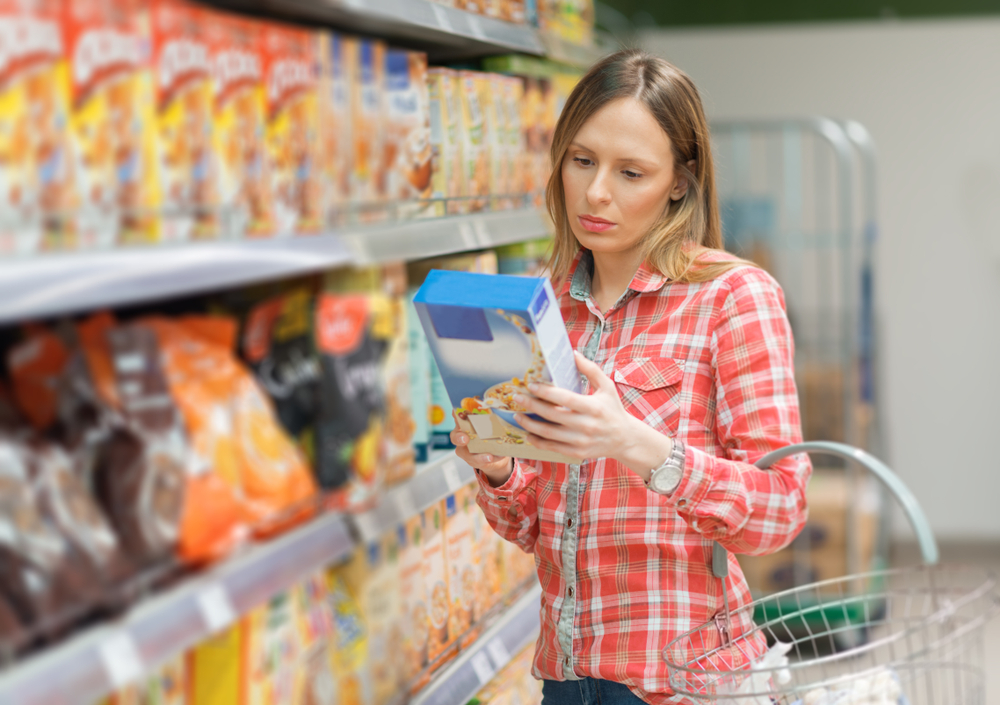
To avoid cereals with banned ingredients, shoppers should read ingredient panels carefully. Look for labels that list Red 40, Yellow 5, BHT, BHA or propylparaben. Choosing cereals labeled “artificial‑color‑free” or “preservative‑free” can help reduce exposure. Organic and natural brands often avoid these additives entirely. Consumers compare U.S. versus international versions of the same cereal, as global editions use natural dyes like beet or spirulina. In areas where state bans are effective, some retailers may begin withdrawing or reformulating products accordingly.
The Outlook for Cereal Reformulation

Regulatory momentum suggests more states will adopt legislation to restrict or ban artificial dyes and preservatives. Cereal manufacturers may need to reformulate recipes more rapidly in the coming years. As public pressure mounts and consumers demand cleaner labels, companies are likely to shift toward ingredients that are less controversial. Even if federal regulations lag behind, the combination of state‑level bans and market choices could drive widespread change. For now awareness and careful reading remain key to avoiding banned ingredients in popular cereal brands.
Read More: These 14 Everyday Foods Are Banned in Other Countries but Still Sold in the U.S.
Disclaimer: This article was created with AI assistance and edited by a human for accuracy and clarity.
